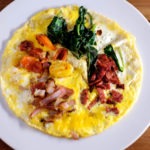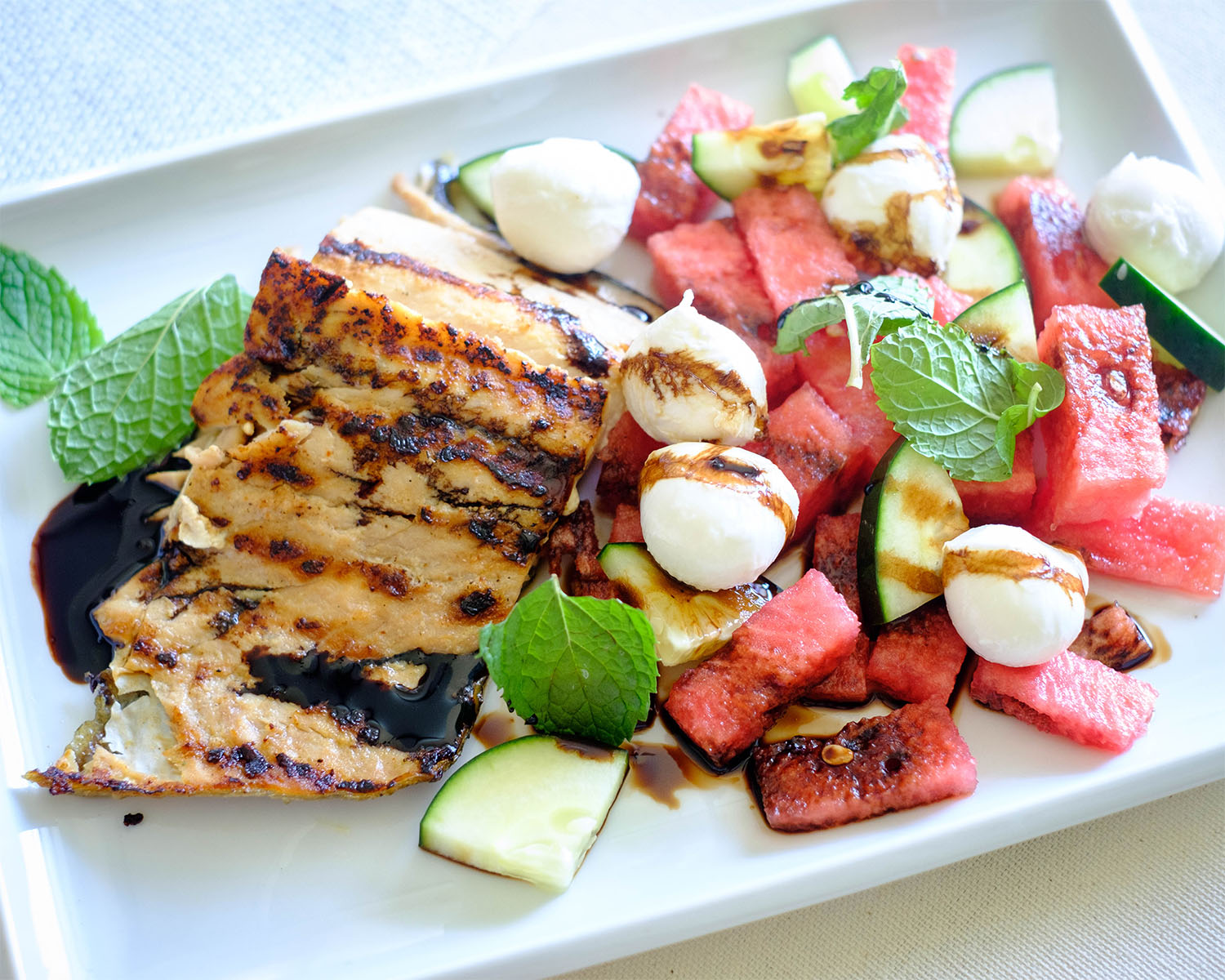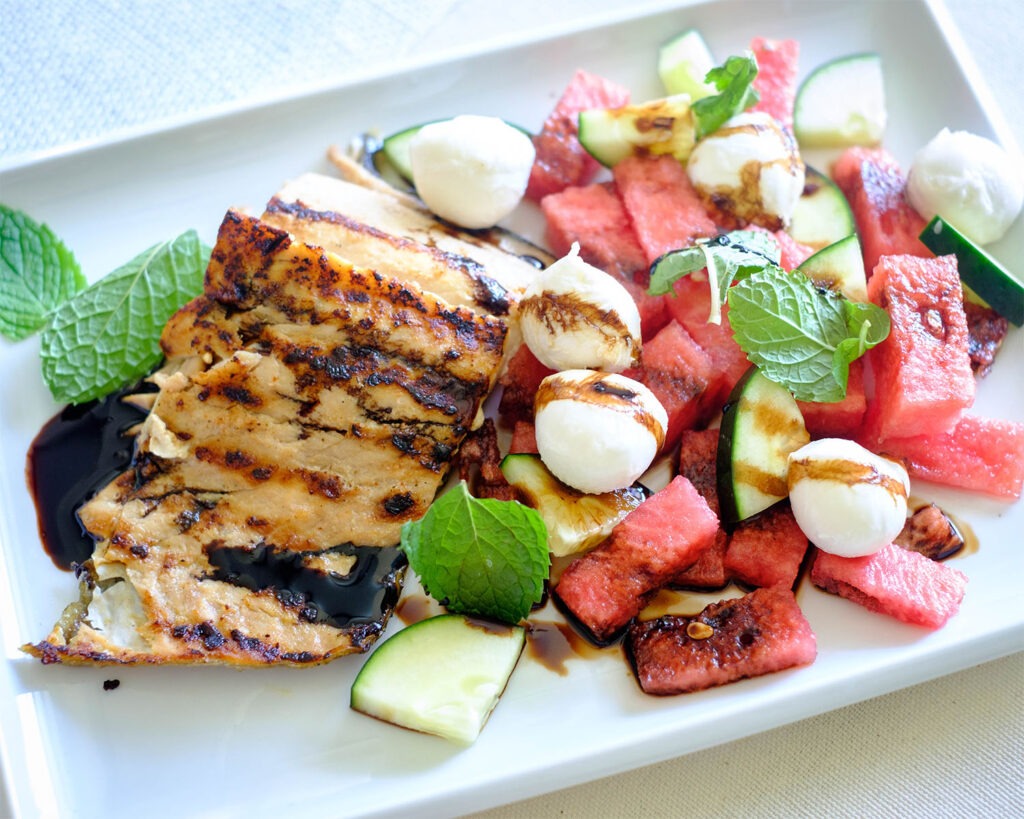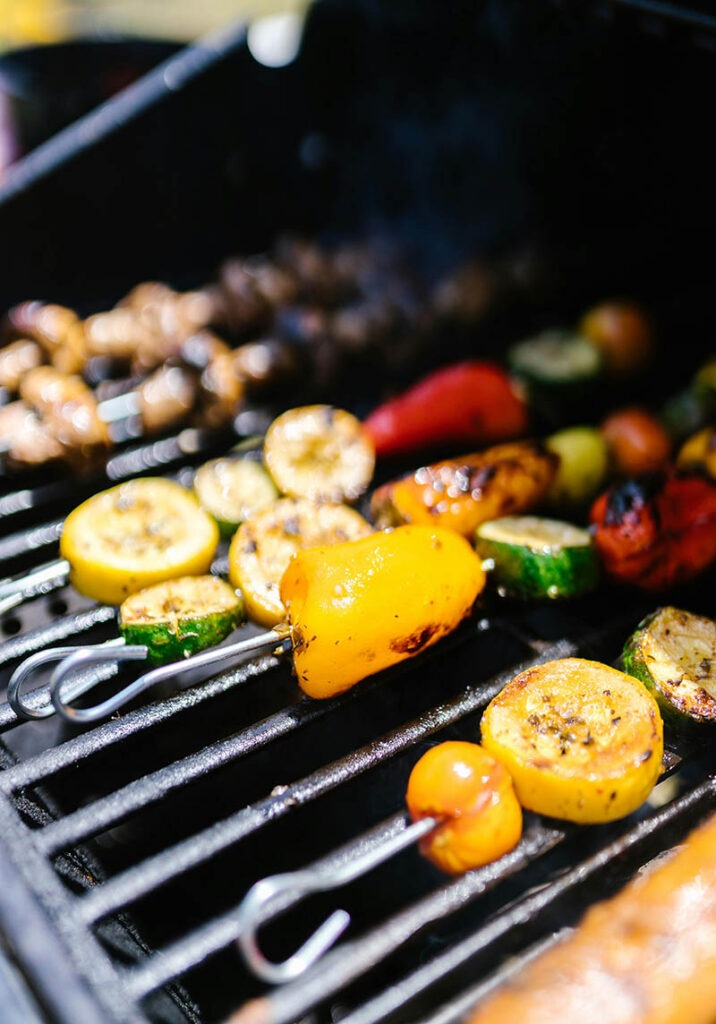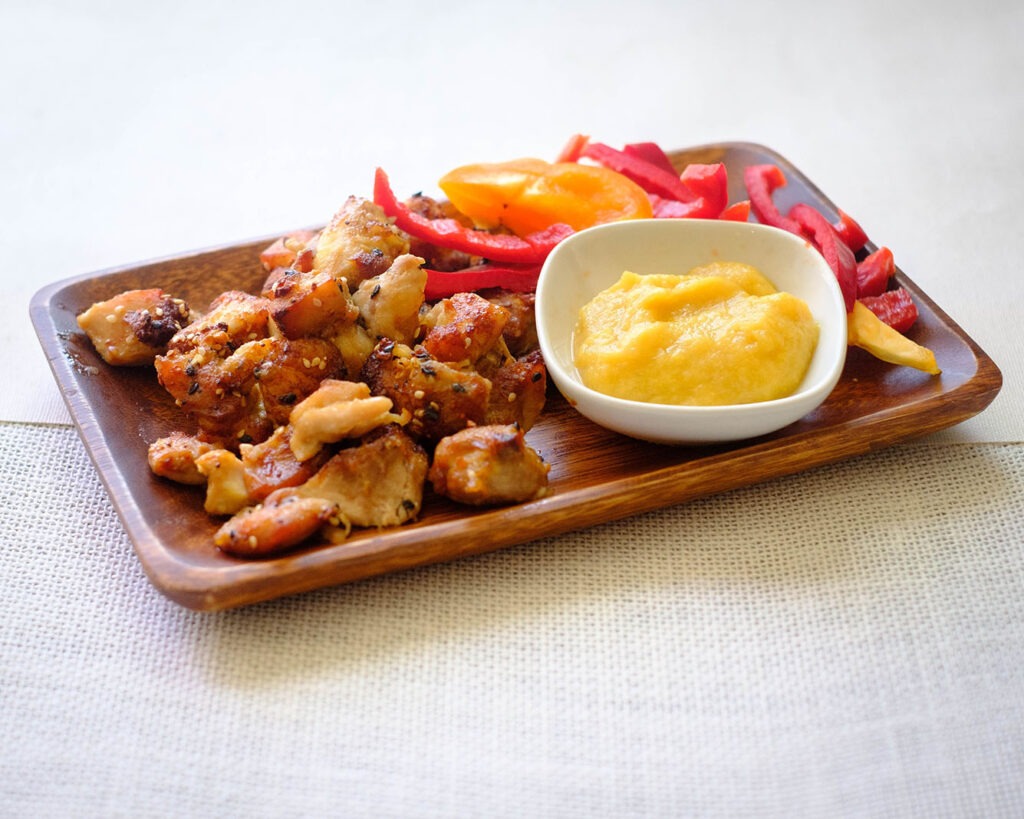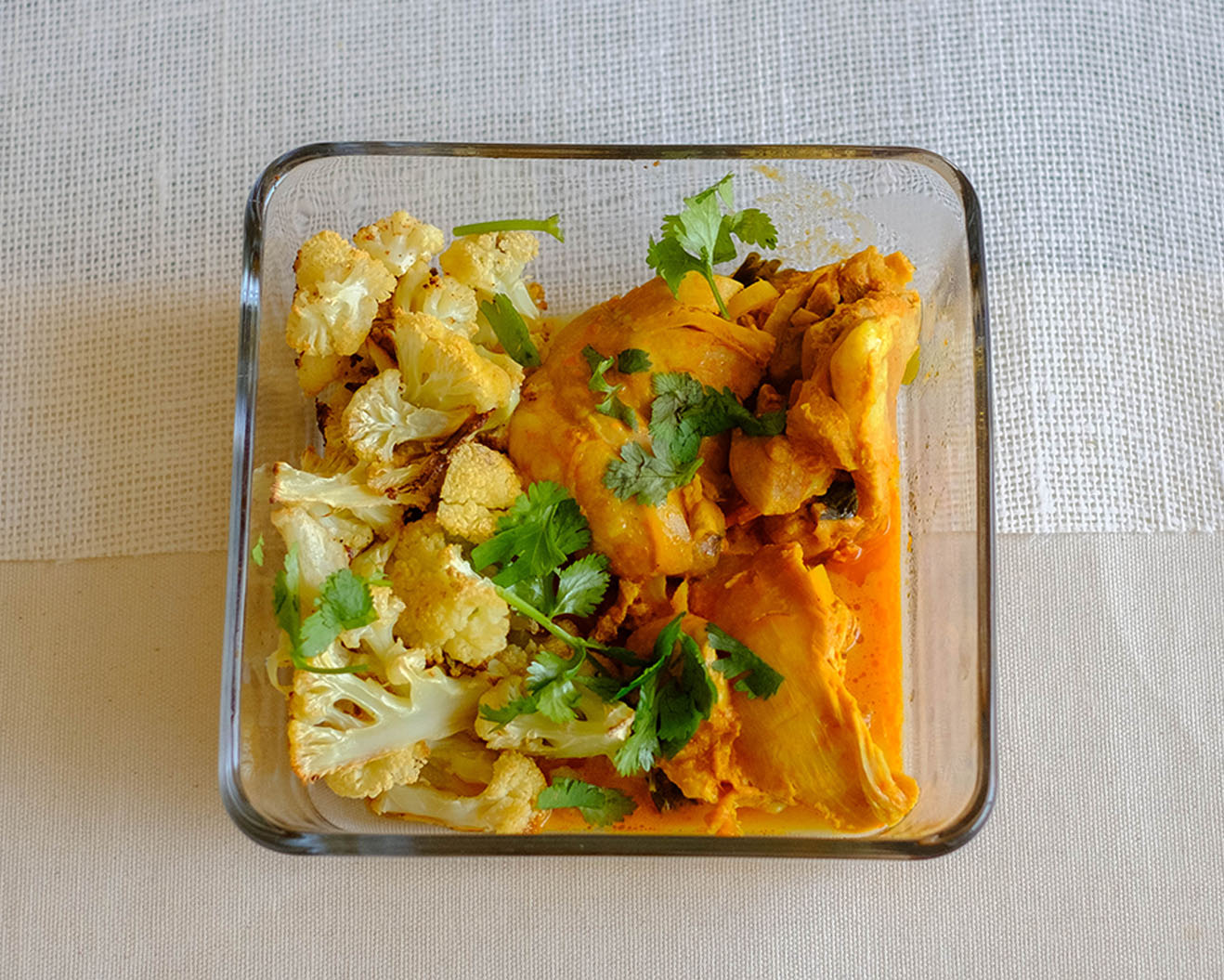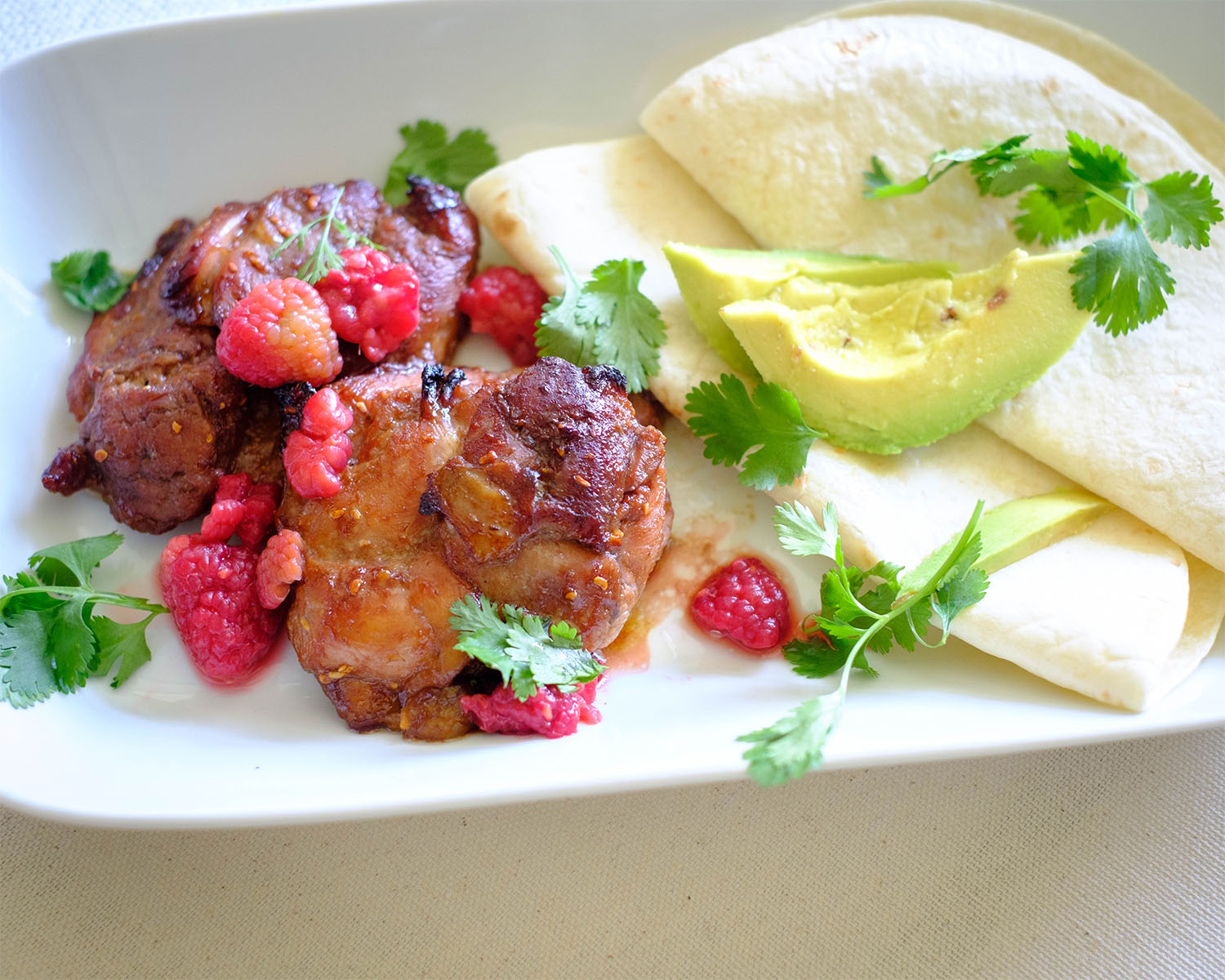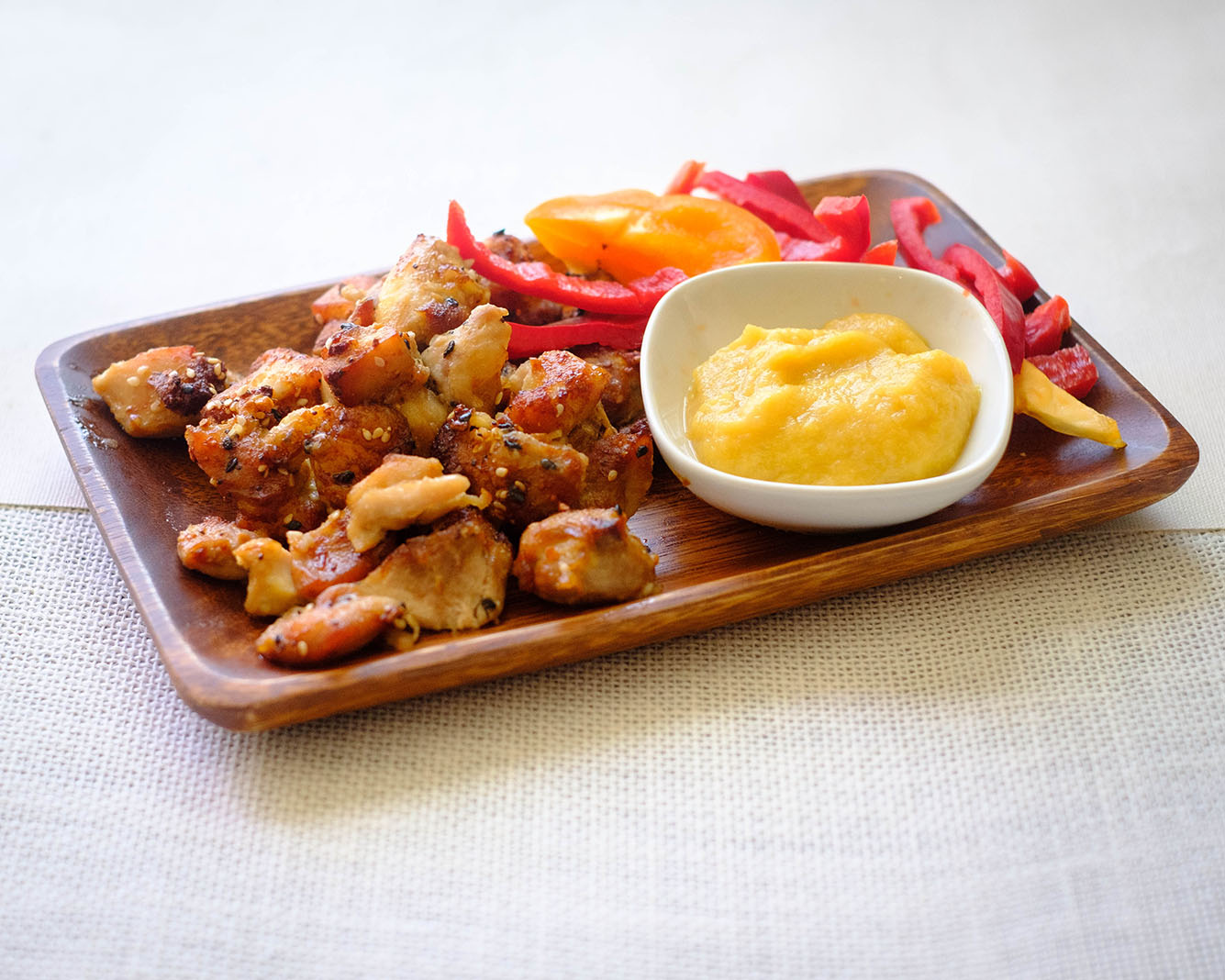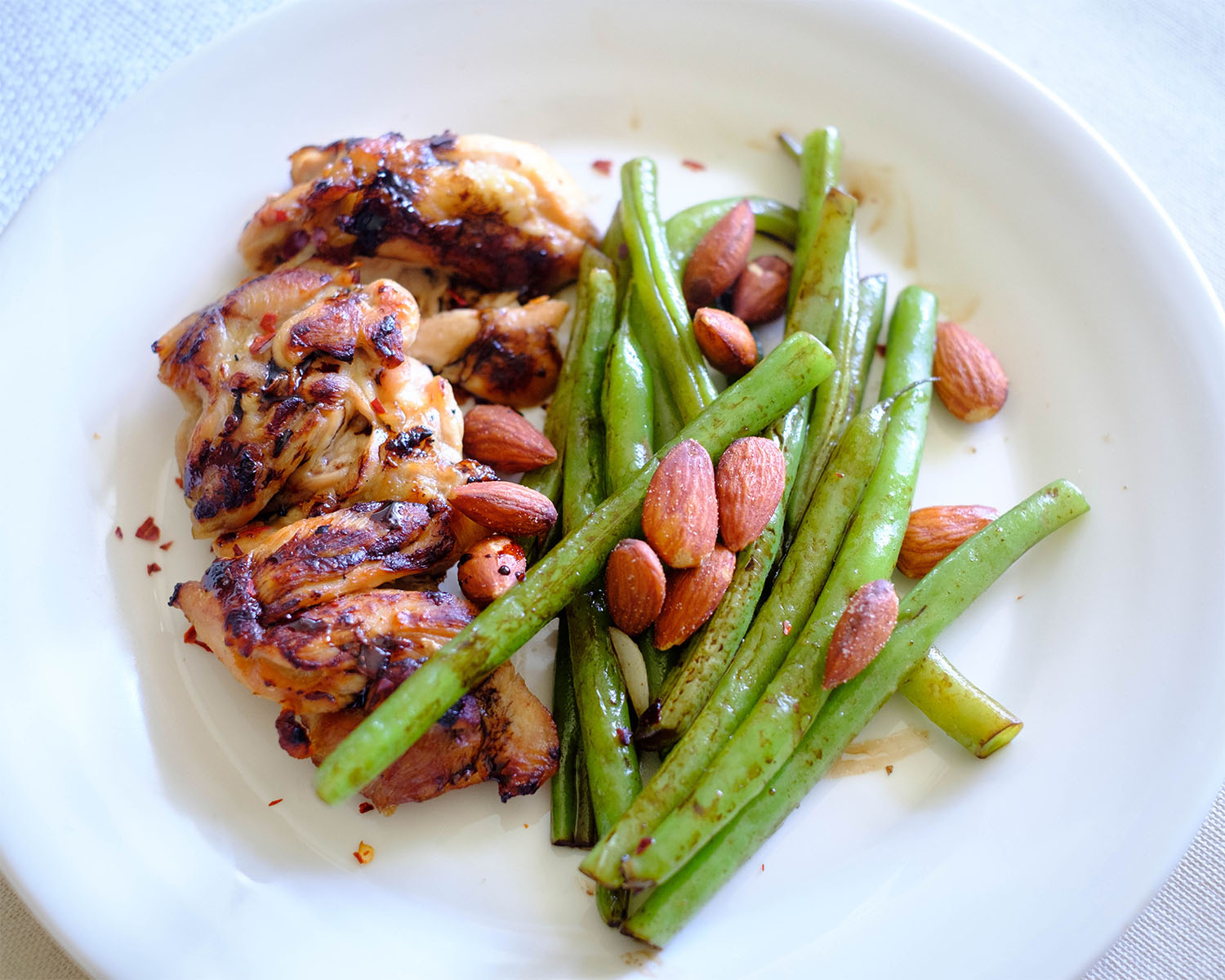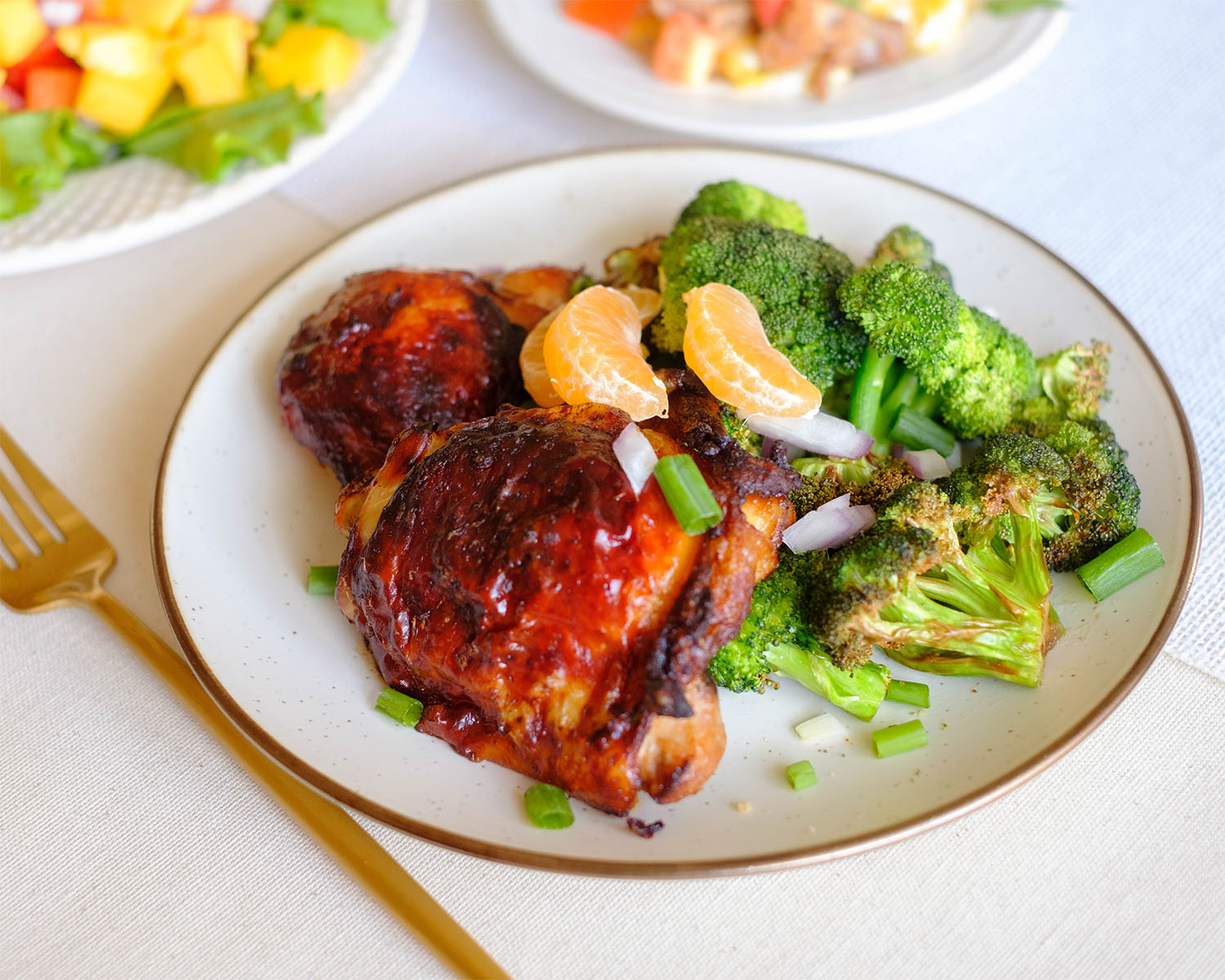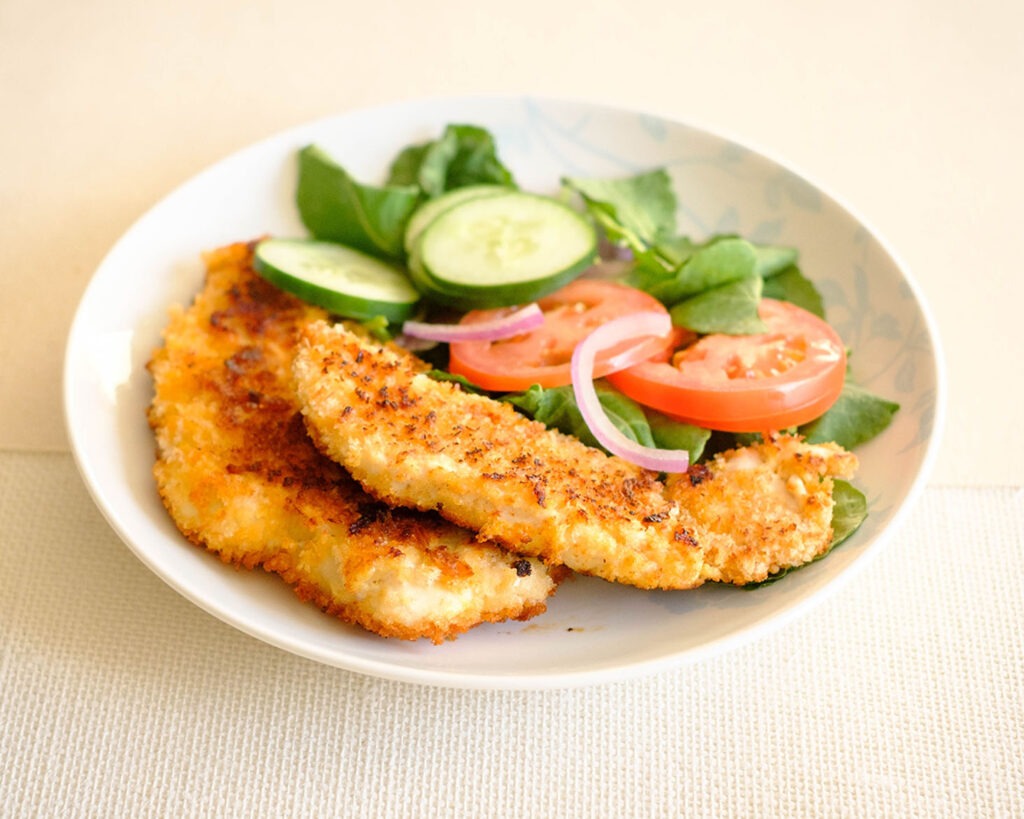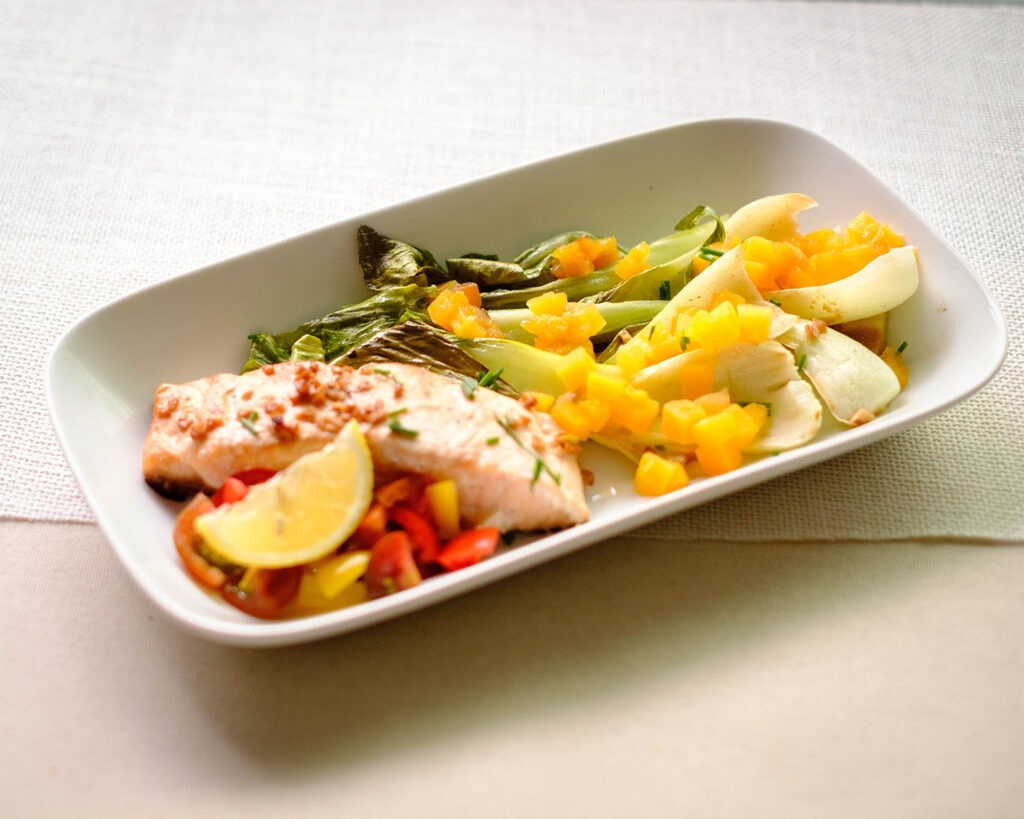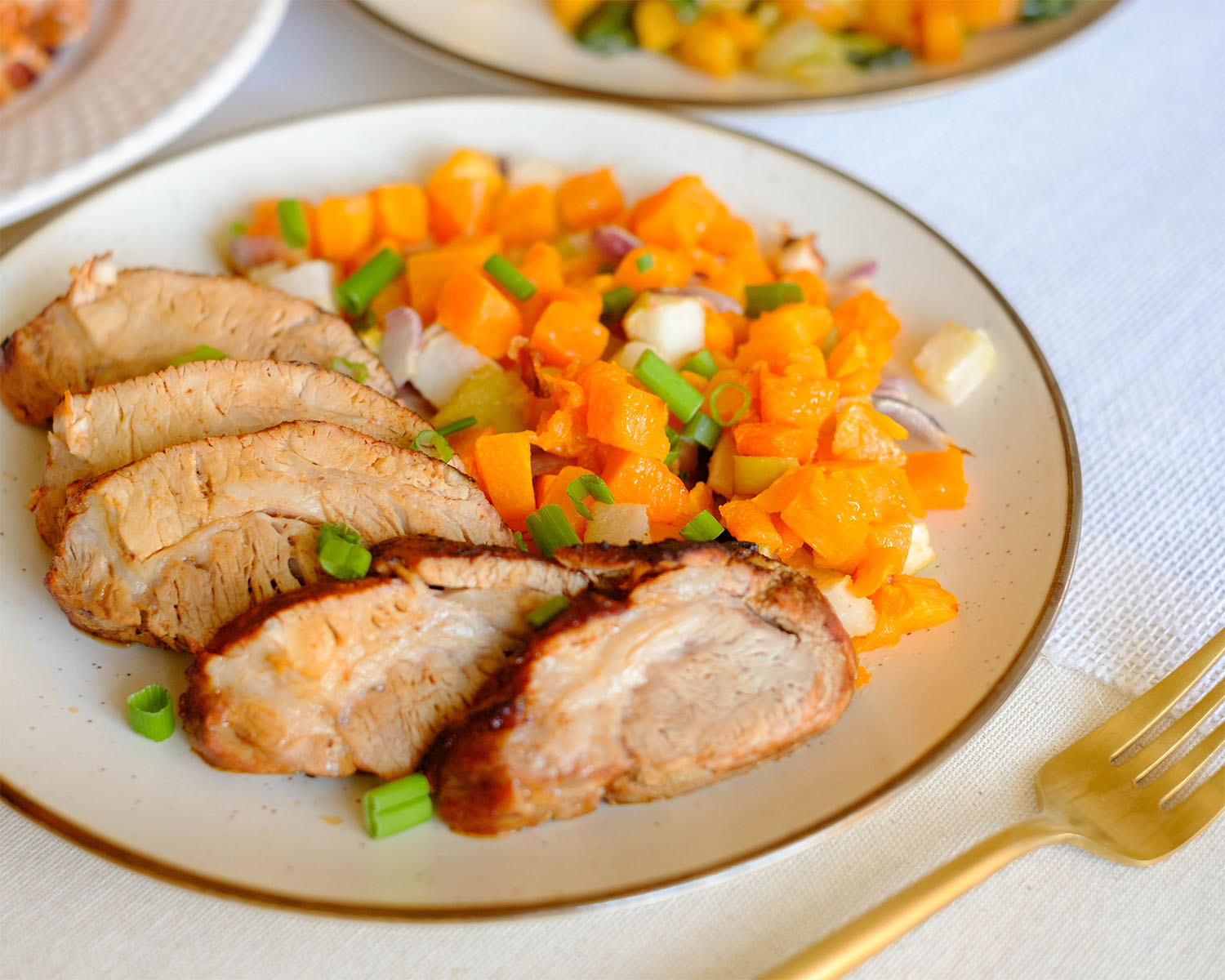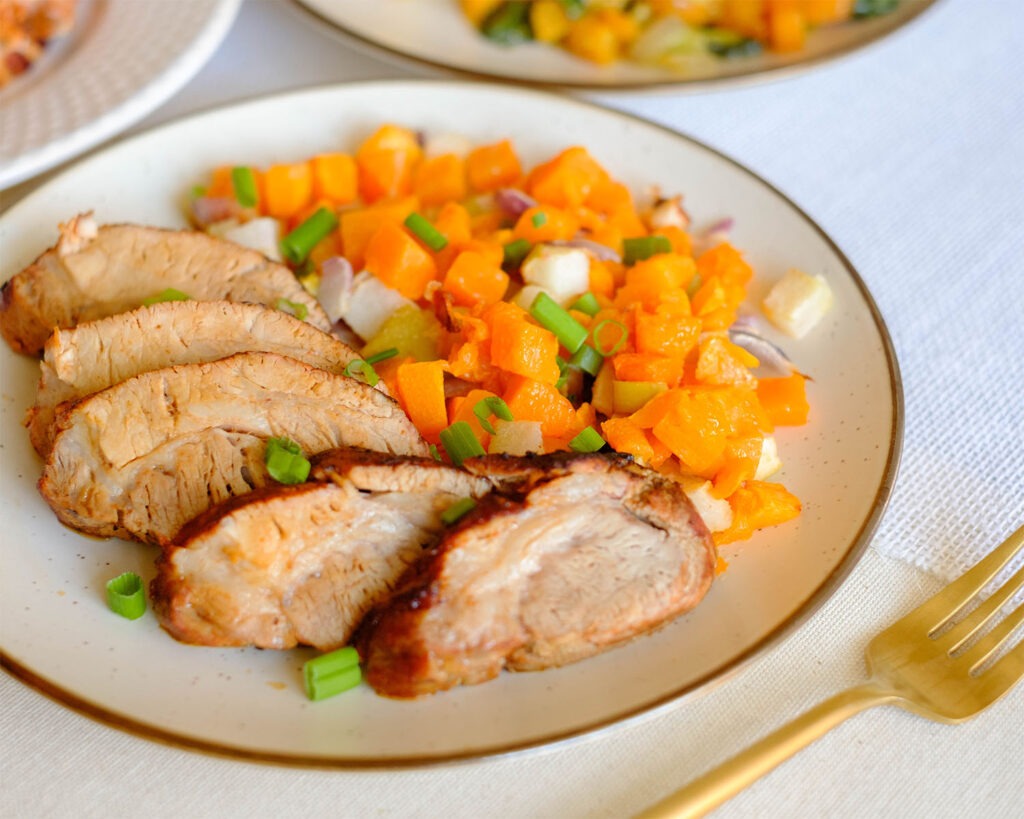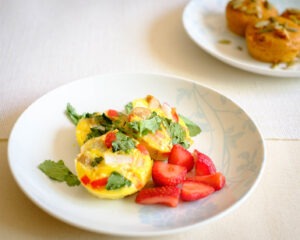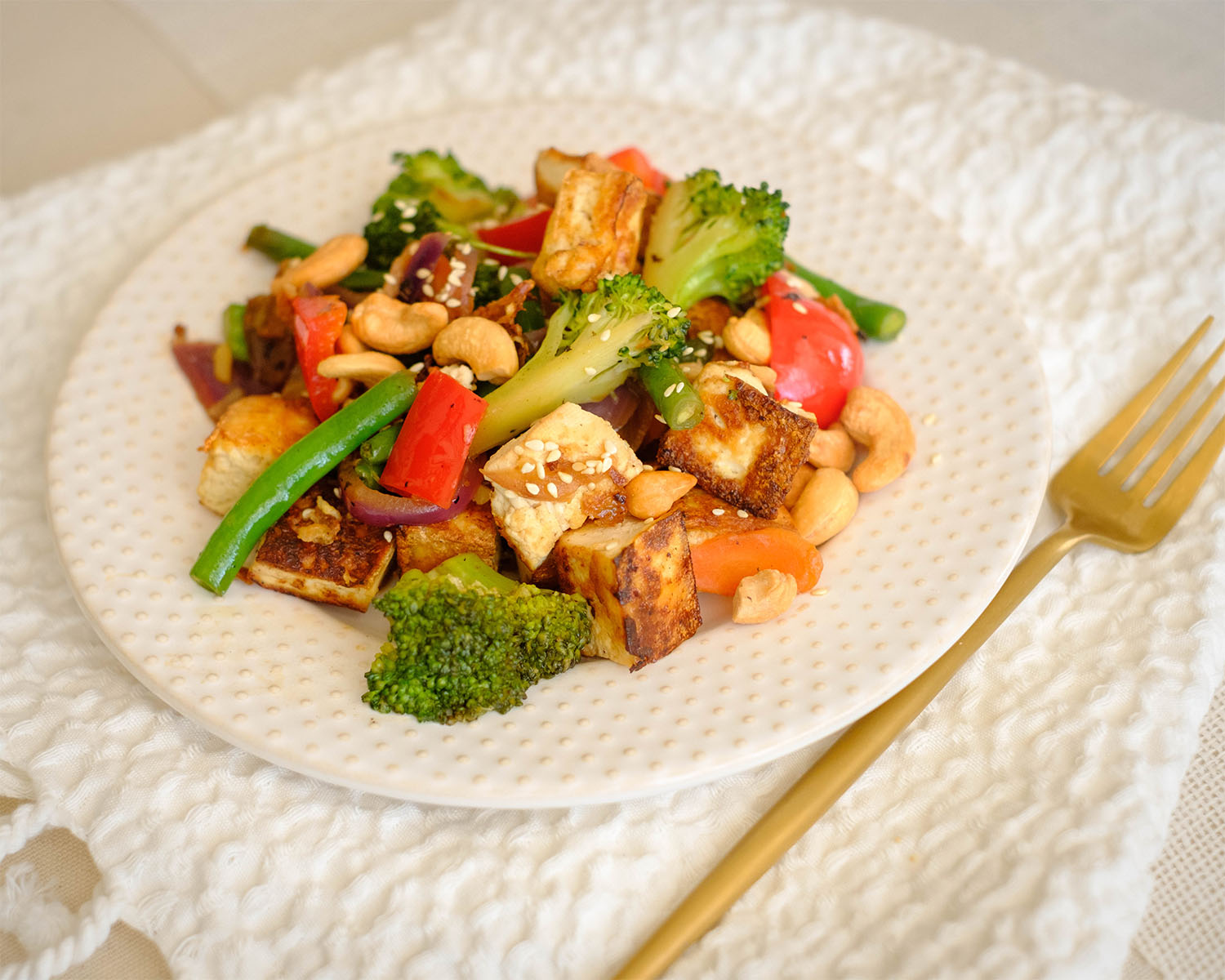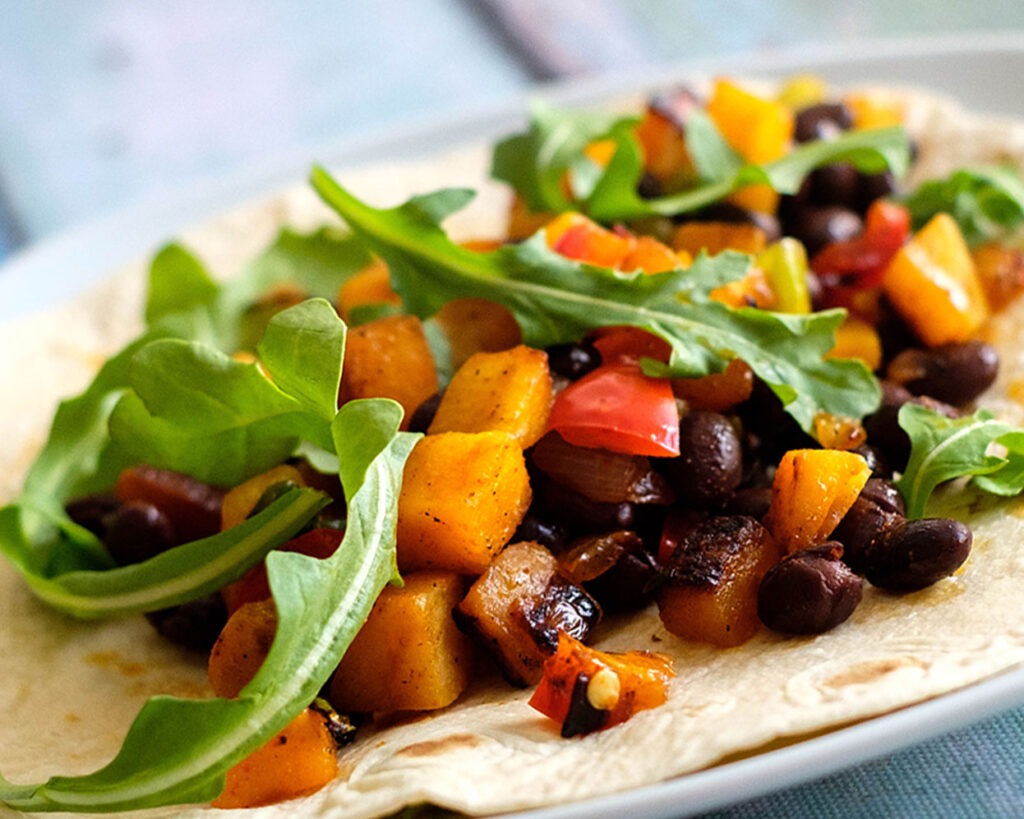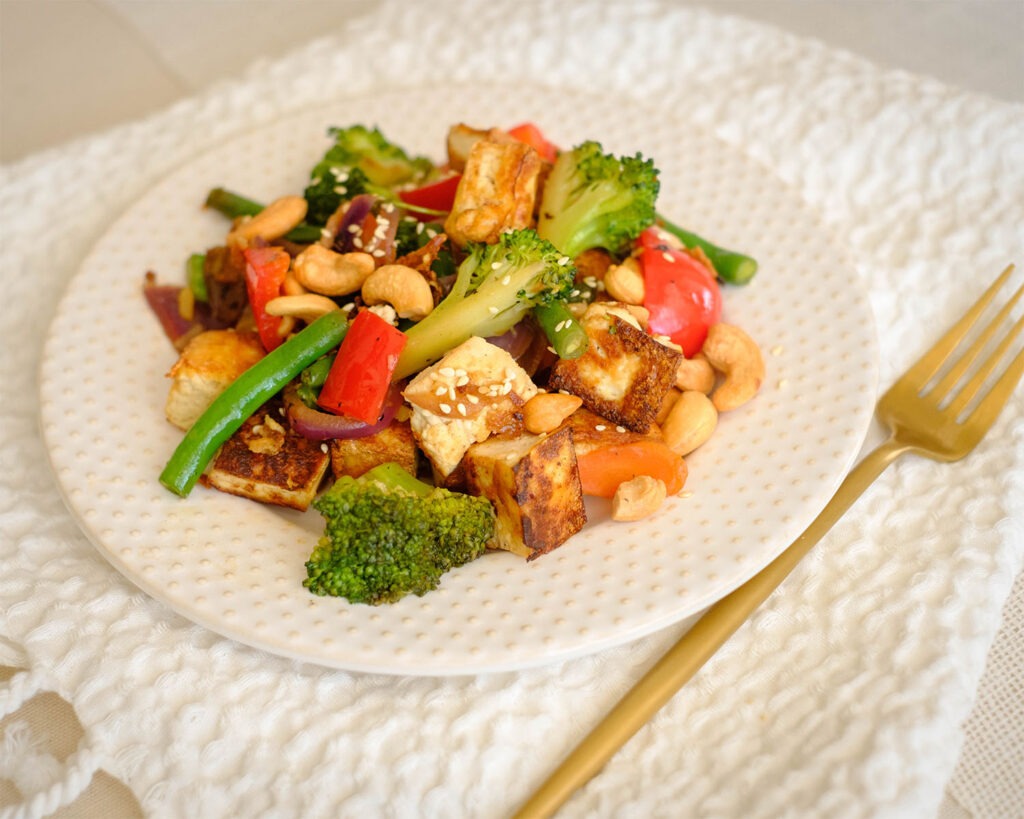
Whether you’re single and looking for better budget-friendly meals or in a family looking for a way to lower the family grocery bill, cheap meal prep for one can help. For many this can be a lifestyle change to save money over years or even a short term solution to save money during tough times. Affordable meal prep can be helpful for everyone in these times of rising grocery prices. This is a practice that everyone goes through in their life and it’s beneficial to periodically take a closer look at where you’re spending your money.
Fast food prices, even more so than groceries, have skyrocketed. If you’re batch cooking and actually eating all of your meal prep you can cut the cost of meals down dramatically. We will walk through some basic grocery shopping and cooking tips to maximize your budget for delicious and nutritious meals.
Cheap Grocery Shopping
Before you do any grocery shopping, remember that food that doesn’t get eaten is just wasted budget. Only buy what you’re going to eat.
- Focus on affordable stapes: These foods can carry a meal much further and are the most affordable part. Rice, beans, lentils, oats, pasta, and potatoes are all versatile and budget-friendly which is why they are staples. Buy in bulk to maximize savings.
- Seasonal & frozen vegetables: Seasonal vegetables cost less and are fresher. Buying seasonally is a great way to mix up your recipes and keep your meals more varied. Frozen veggies are a great alternative as well. They’re affordable and will last longer in the freezer making it easier to consume all of them without feeling rushed.
- Protein: People often think of chicken, beef, and pork and while those can be cost effective options, eggs, canned tuna, beans, and less popular cuts will make your dollar go further. Try chicken thighs instead of breasts.
Sample Cheap Grocery List
- Rice (1 lb)
- Dried beans (1 lb) or canned beans (4 cans)
- Lentils (1 lb)
- Rolled oats (1 lb)
- Pasta (1 lb)
- Potatoes (3 lbs)
- Seasonal vegetables (5 lbs)
- Frozen mixed vegetables (2 lbs)
- Eggs (1 dozen)
- Canned tuna (4 cans)
- Chicken thighs (2 lbs)
Meal Prep For One Basic Tips
These are the same basic meal prep tips modified for meal prepping for only one person.
- Batch Cooking: Batch cooking is one of the core components to meal prepping. Even if it’s only for one person. Modify the sizes and think through the meals you need to prepare. If you work a typical 9-5 Monday through Friday, then a good place to start is lunches for all five days. Batch prep the same meal all five days or recognize ahead of time that you’ll get bored of it and batch prepare components that you can mix up through the week. Batch cooking your protein is a good option.
- Prep You Vegetables: Even if you don’t need to cook your veggies, cut them up and store them ready to go. You can even portion them out into individual meal prep containers ready to be easily assembled later.
- Proper Storage: Nothing is worse than losing food to a loose lid. Make sure you let your food cool down at room temp before putting them in the fridge and that they seal tightly.
- Utilize Leftovers: Leftovers are one of the best ways to maximize your money. Anything that gets thrown out is another meal you’ll have to pay for. Pick dinner recipes that make great leftovers that you’ll want to eat the next day or two.
- Stay Organized: Keep a weekly meal plan and grocery list to avoid unnecessary purchases and reduce food waste.
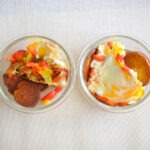
Crispy Pan-Fried Potatoes with Eggs
Start your mornings right with our budget-friendly breakfast recipe featuring pan-fried potatoes, bell peppers, and eggs. This delightful dish offers a perfect balance of flavors and textures, combining crispy potatoes with tender, sautéed bell peppers and perfectly cooked eggs. Whether you’re meal prepping for the week ahead or treating yourself to a leisurely brunch, this…
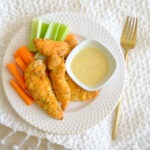
Oven Baked Crispy Chicken Tenders
I’m excited to share with you a fabulous recipe that will surely add a crispy twist to your meal prep routine: Oven-Baked Crispy Panko Chicken Tenderloins! Not only are these tenderloins deliciously crunchy and satisfying, but they also offer numerous health benefits and cost advantages. Get ready to tantalize your taste buds and keep your…
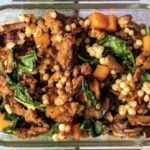
Turkey and Vegetable Couscous
Turkey and Vegetable Couscous 12 oz Lean Ground Turkey2 oz pearled couscous1/4 cup red onions ((diced))1 cup butternut squash ((diced))2 cups baby kale8 oz mushrooms ((sliced))2 tbsp balsamic concentrate1/4 tsp garlic powder1/4 tsp salt1/8 tsp pepper1-2 tbsp olive oil Cook the pearled couscous according to packaged instructionsMeanwhile, add oil to a pan on medium-high heat…
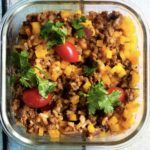
One Pan Taco Rice
One Pan Taco Rice knifecutting boardspatulasaute pan 10 oz lean ground beef10 oz butternut squash ((diced))1/4 cup red onions ((diced))1/4 cup cherry tomatoes ((sliced))1/4 cup cilantro ((chopped))8 oz tomato sauce1 cup cooked brown rice1 tbsp olive oil1 tsp salt1 tsp pepper1/4 tsp chili powder1/4 tsp cumin powder1/4 tsp garlic powder1/4 tsp paprika Cook brown rice…
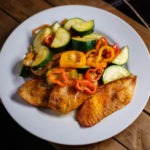
Tilapia with Zucchini and Bell Peppers
Sheet pan meals are great for meal prepping. Our Tilapia with Zucchini and Bell Peppers meal prep recipe is quick and delicious. The perfect seafood recipe for dinner on a busy week.


